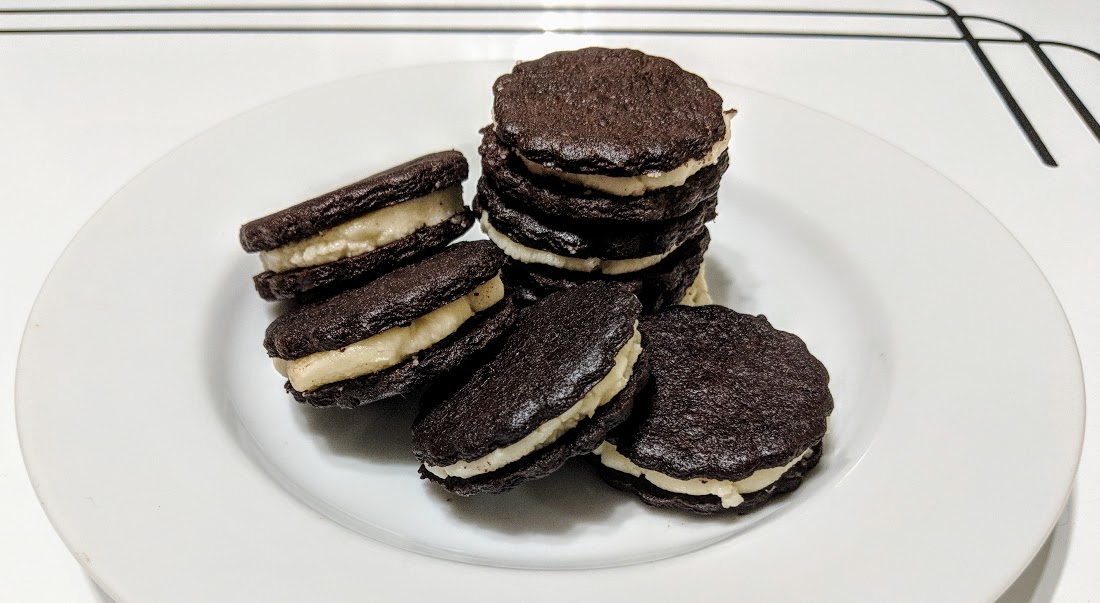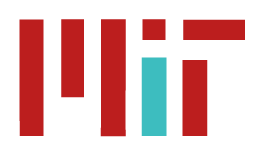
Post by Peter Kirschmann, Senior Learning Designer
Last summer, I went to a book talk by Stella Parks, author of the cookbook BraveTart: Iconic American Desserts. Stella went to the Culinary Institute of America (CIA) and trained as a pastry chef. While writing her book, she used this specialized training to look closely at Oreos and other classic desserts and developed recipes for home bakers. In the intro to her book, she shares:
“I’ve spent five years of my life with these recipes, testing and retesting to make sure my methods are as simple and reliable as they can be, looking for the unexpected variables that might derail you along the way. I might not always opt for the ingredients and techniques you’d expect, but know that the flavors will never be anything but what you remember, iconic in every way.”
From the intro to BraveTart: Iconic American Desserts.
In the end, she had a recipe, a process for creating Homemade Oreos. Making Homemade Oreos requires some specialized tools (scalloped cookie cutters, an embossed rolling pin), the right ingredients (Dutch processed cocoa), and a basic knowledge of baking.
In her talk, Stella shared one of the reasons behind her book. Does she think everyone should stop buying store bought Oreos in favor of baking their own? No. But, she said, we should be able to make our own if we want to, and we should know more about how these desserts get made. Why? Because they are an iconic American dessert, part of our culture not only a ™ of Nabisco. Because of her work, everyone now knows more about the history and process of Oreos and could make them for themselves.
I didn’t go to the CIA, but Stella did. She used her specialized training to open up the process, so that someone with some baking skill could make Oreos. I’ve made the Oreos before. Were they identical to Nabisco Oreos? No. But were they crisp chocolate sandwich cookies that I could twist apart and dunk in milk? Yes.
Stella Parks’s work in BraveTart provides us a model for supporting the assessment literacy of teachers and students, particularly in the context of maker education. Rather than acting as the Nabisco factory or chef in a boutique bakery creating Oreos to distribute, Stella created a cookbook. As a team, Playful Journey Lab has specialized training in assessment science and design.
We can use that skill to open up the process, make visible the parts and function of assessment systems. Beyond Rubrics can be not just a toolkit but our assessment cookbook, or process, for maker-centered classrooms, supporting and empowering these communities to create their own metrics and assess their own learning.
Like my experience with the Homemade Oreos, will learning communities be able to create assessment systems identical to the ones created by an assessment expert? Probably not. Will all learning communities want make their own from scratch? No. Some might choose to hire an expert. Others may use models we create through our work with partner classrooms. This might be for a variety of reasons. Our definition of constructs may work well enough in their context. Others may use our models because they are on the beginning of their journey and don’t yet have the capacity to invest the time to create their own. But some learning communities will already have graduate profiles developed in their community. They have very specific definitions of particular future ready skills that don’t match ours. Others will want to find ways to include learners and other stakeholders in making sense of their assessment evidence. These communities will want to use our process to create their own assessment models using their own flavors and definitions, but will still need assessment practices that clearly communicate the learning taking place and provide learners feedback.
For the past two years, Playful Journey Lab has collaborated with Maker Ed to develop the Beyond Rubrics toolkit. Maker education is “an approach that positions agency and student interest at the center, asking students to become more aware of the design of the world around them, and begin to see themselves as people who can tinker, hack and improve that design (MakerEd).” Assessment in maker education should strive for these same principles. Our work as an assessment lab should support students and teachers to better understand how assessment systems are made and function. With this new understanding, they will be able to design, tinker, hack, and improve the systems to foster greater ownership and agency in their learning. And who knows, maybe they’ll make an assessment cookie that tastes better than what we could have baked up for them.

